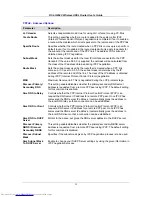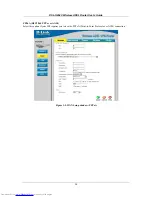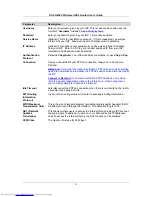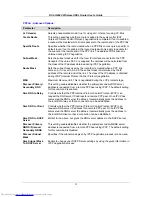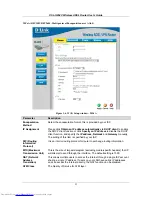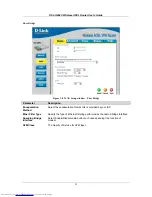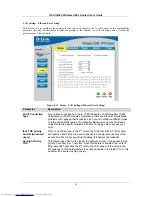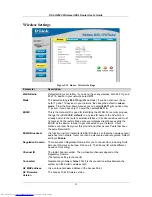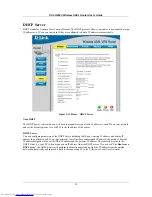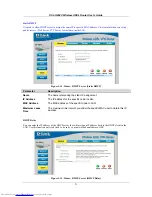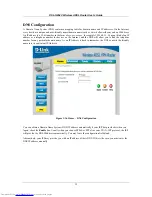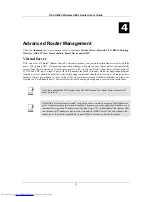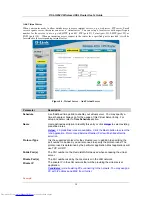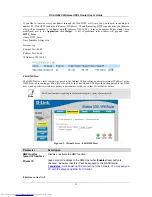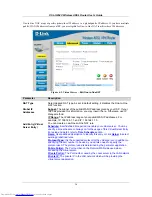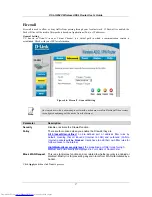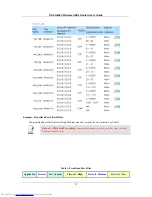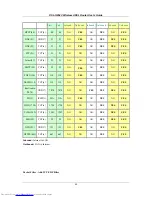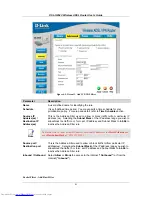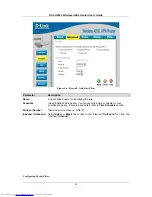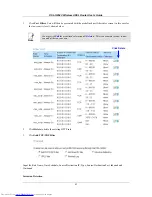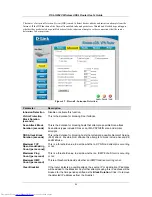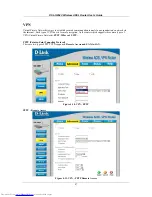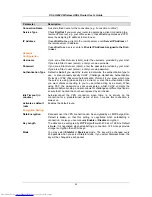
DSL-G804V Wireless ADSL Router User’s Guide
4
Advanced Router Management
Click the
Advanced
tab to access menus used to configure
Virtual Server
,
Firewall
,
VPN
,
DDNS
,
Routing
,
Wireless
,
ADSL
,
IP QoS
,
Time Schedule
,
,
Device and IGMP
.
Virtual Server
NAT can act as a “natural” Internet firewall; your router protects your network from being accessed by outside
users. When using NAT, all incoming connection attempts will point to your router, unless you specifically
create Virtual Server entries to forward those ports to a PC on your network. Virtual Sever utilizes protocol,
TCP/IP and UDP types, which is port with 16-bit number that used to identify which the application program
(usually a server) should be delivered from an incoming connections should be delivered to. Some ports have
numbers that are pre-assigned to them by the IANA (the Internet Assigned Numbers Authority), and these are
referred to as “well-known ports”. Servers follow the well-known port assignments so clients can locate them.
Note
If you have disabled the NAT option in the WAN-ISP section, the Virtual Server function will
hence be invalid.
Note
If the DHCP server option is enabled, you have to be very careful in assigning the IP addresses
of the virtual servers in order to avoid conflicts. The easiest way of configuring Virtual Servers is
to manually assign static IP address to each virtual server PC, with an address that does not fall
into the range of IP addresses that are to be issued by the DHCP server. You can configure the
virtual server IP address manually, but it must still be in the same subnet as the router.
33

